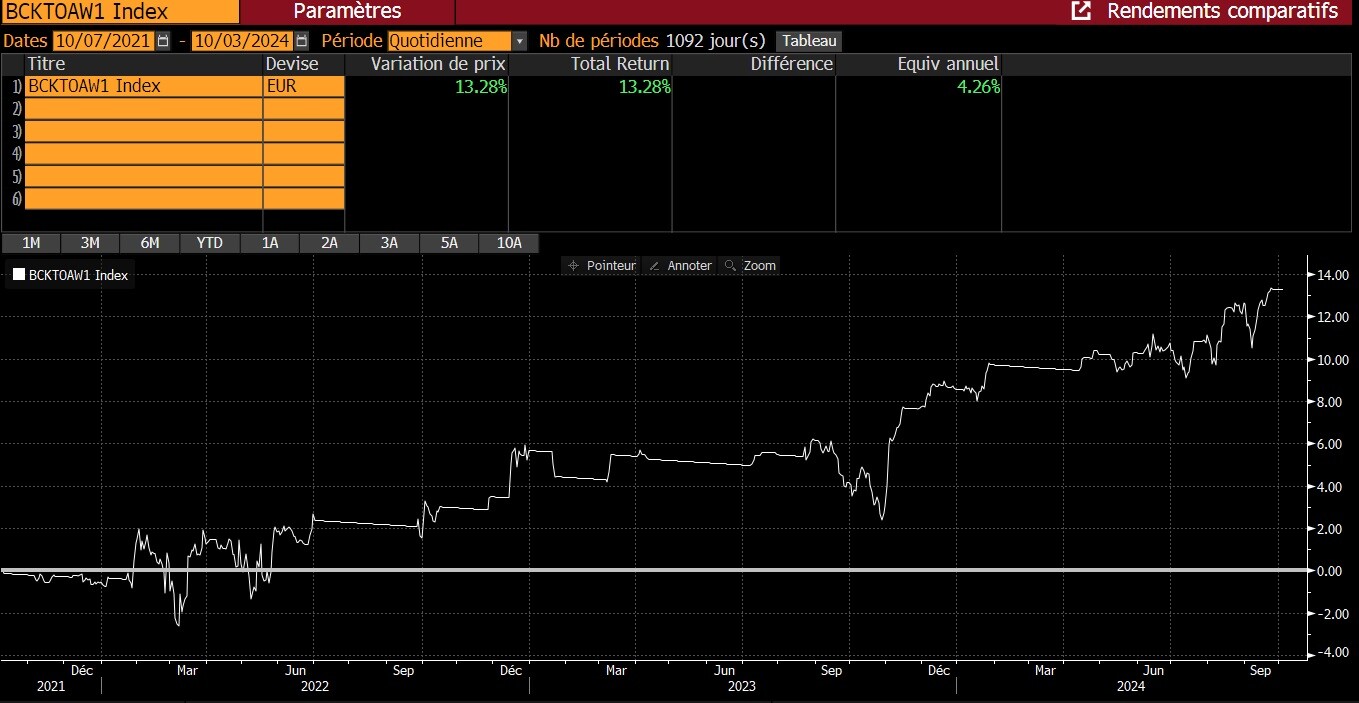At Oriskany, a leading creator of quantitative investment strategies leveraging non-linear datasets and financial engineering, we believe the time for market turbulence is approaching-and sooner than you think.
So far this year, performance across equity markets has been quite selective. The S&P 500 and Nasdaq have exhibited outstanding results, while the DAX and Euro Stoxx 50 have performed well. In contrast, the CAC 40 has faced significant challenges. However, our indicators now suggest that the probability of market disorder is once again rising. This is particularly notable given that we last observed similar warnings in mid-July, which ultimately led to a notable downturn by early August. In hindsight, that episode serves as a "friendly" reminder that equities are inherently a risky asset class. A 10% correction is, in fact, a normal variation in magnitude (though we might debate the speed of its occurrence).
The key takeaway is that technical corrections are to be expected, yet many investors were caught off guard. Those who had underweighted or divested from tech stocks like Nvidia initially found amusement in their more cautious stance compared to those heavily invested in equities. However, as the market rebounded to even higher levels a few weeks later, those who had embraced risk found themselves on the winning side, while the cautious investors questioned their decisions.
Despite the volatility, the underlying fundamentals remain relatively stable. There's little justification for a defensive or conservative stance at this point: interest rates are declining, and inflation is easing, largely due to lower energy prices. However, this environment poses its own challenges-our indicators indicate that markets are on edge, and any disappointing or misinterpreted news could lead to significant consequences. Investors might begin to perceive the world through the same lens, potentially transforming a minor movement into a herd reaction.
In response to these evolving dynamics, we rebalanced all our equity strategies last Friday afternoon to adopt a more defensive allocation. We reduced our overall beta exposure by decreasing our equity holdings and rotating from high-beta sectors into more stable options. Given our strong year-to-date absolute and relative performance, our risk management processes are designed to protect the gains achieved since January 2024. We remain poised to reintroduce risk into our portfolio when market conditions stabilize and return to a more orderly distribution of returns.

Graph above is an example of strategy: Low Vol Absolute Return - Index track record (Source Bloomberg). Past performance is no guarantee of future results
This post was translated from the original French
